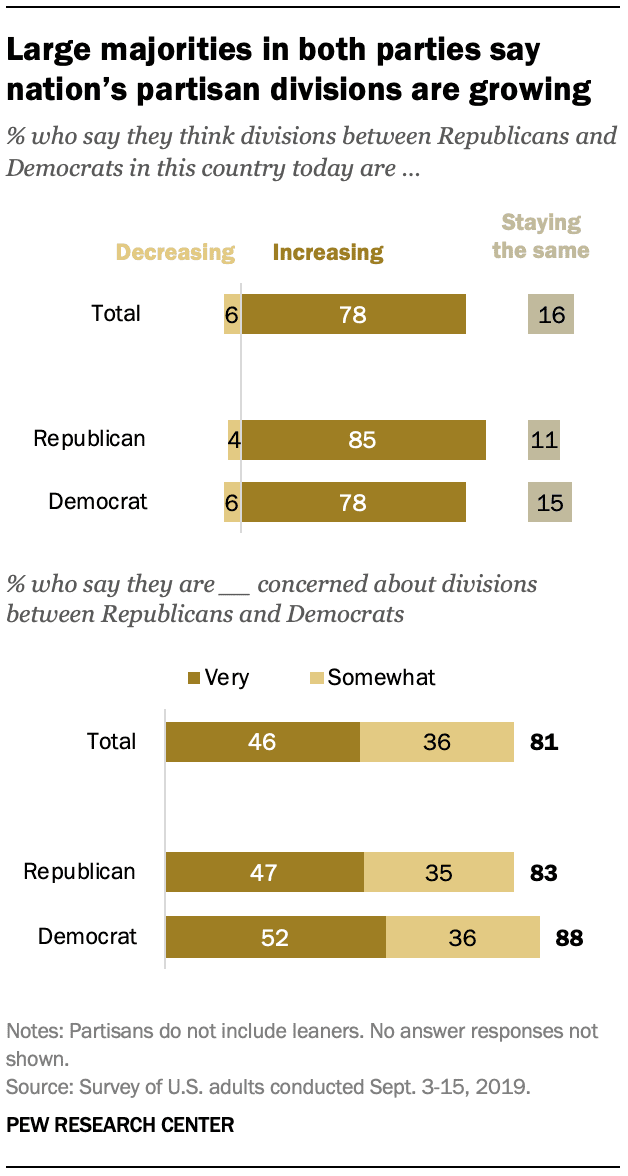The Republican and Democratic parties have vastly different ideologies and policies in various areas. Republicans believe in minimal government intervention in the economy, promoting a business-friendly environment, and a conservative social agenda. Conversely, the Democratic Party has a liberal ideology that focuses on social welfare, equality, and progressive taxation. The two parties also hold different views on economic policies, environment and energy policies, healthcare policies, immigration policies, gun control policies, foreign policy, criminal justice reform, and social security and Medicare. Learning about these differences can aid in better understanding both sides of the political spectrum amidst increasing political polarization.
1. Fundamental Ideologies
The fundamental ideologies of Republican and Democratic parties differ significantly. Republicans traditionally espouse conservative ideologies like minimal government intervention in the economy, low taxes, individual liberty, and free-market capitalism. Meanwhile, Democrats espouse a liberal ideology rooted in social welfare, equality, and progressive taxation.
2. Economic Policies
Republicans generally advocate for a free-market economy with minimal interference from the government. They believe in cutting taxes for the wealthy, reducing government spending, and promoting a business-friendly environment. On the other hand, Democrats advocate for a more progressive tax system, increasing government spending in healthcare, education, and social services, and promoting workers’ rights and the minimum wage.
3. Environment and Energy Policies
Republicans are more likely to favor drilling and exploration of U.S. oil reserves, while Democrats advocate for alternative energy sources and reducing emissions. Republicans also tend to oppose environmental regulations, while Democrats support them as a means to protect the environment.
4. Healthcare Policies
The two parties have vastly different views on healthcare. Republicans believe in a free-market system where private companies compete to provide health insurance. Meanwhile, Democrats advocate for universal coverage via government-funded programs like Medicare, Medicaid, and Obamacare.
5. Immigration Policies
Republicans generally favor stronger border control and deportation of illegal immigrants. Meanwhile, Democrats are more likely to support a less restrictive immigration policy and a path to citizenship for undocumented immigrants already living in the United States.
6. Social Issues
The Republican Party is traditionally more socially conservative than the Democratic Party. Republicans oppose same-sex marriage, abortion, and transgender rights, while Democrats support these rights.
7. Gun Control Policies
Republicans generally oppose stricter gun control laws and believe in the right to bear arms as an essential part of American culture. Democrats support stricter gun control laws, background checks, and regulations on the sale of firearms.
8. Foreign Policy
Republicans often believe in a strong national defense and maintaining a formidable military presence worldwide. Democrats generally focus on diplomacy and nonviolent conflict resolution, limiting military intervention in foreign affairs.
9. Criminal Justice Reform
Democrats generally support criminal justice reform, including reducing mass incarceration, ending the war on drugs, and addressing systemic racial injustices within the system. Republicans support a “tough on crime” stance, advocating for strict sentences and law and order.
10. Social Security and Medicare
Democrats generally support expanding Social Security and Medicare to ensure that all citizens have access to these essential benefits. Republicans, on the other hand, often believe in privatizing Social Security and Medicare, reducing benefits, or raising the retirement age.
In conclusion, Republican and Democratic parties’ differing viewpoints are significant and often at loggerheads. While political polarization becomes more evident, learning about these differences can help people understand both sides of the political spectrum.
